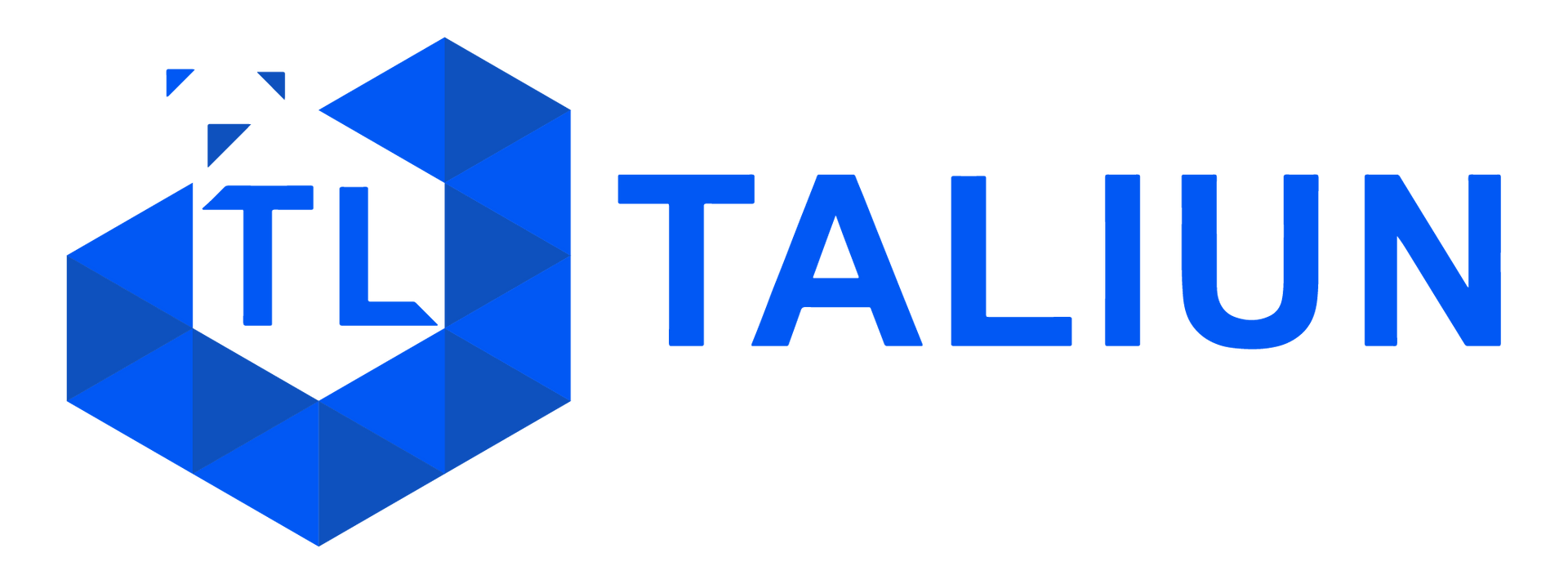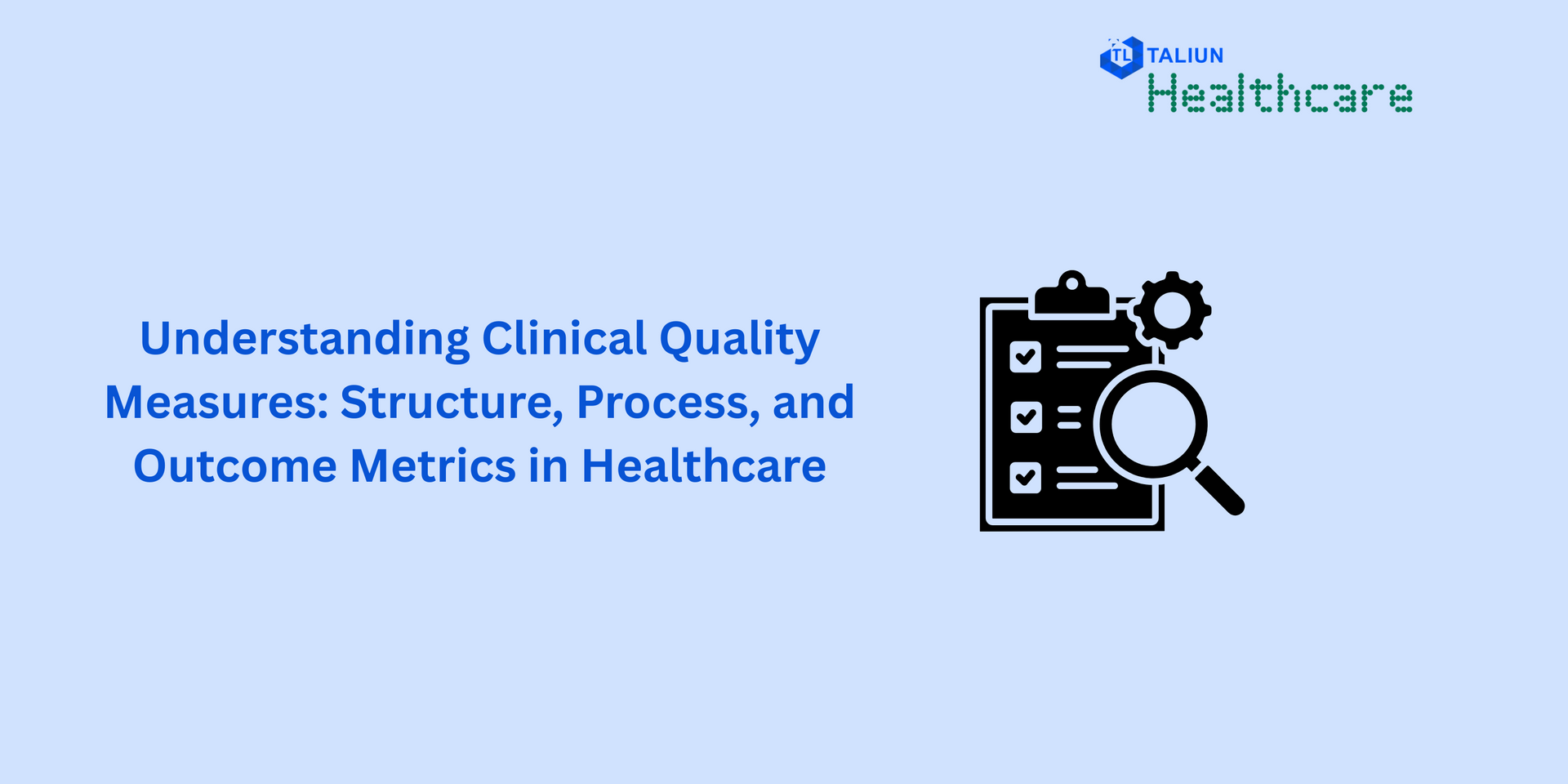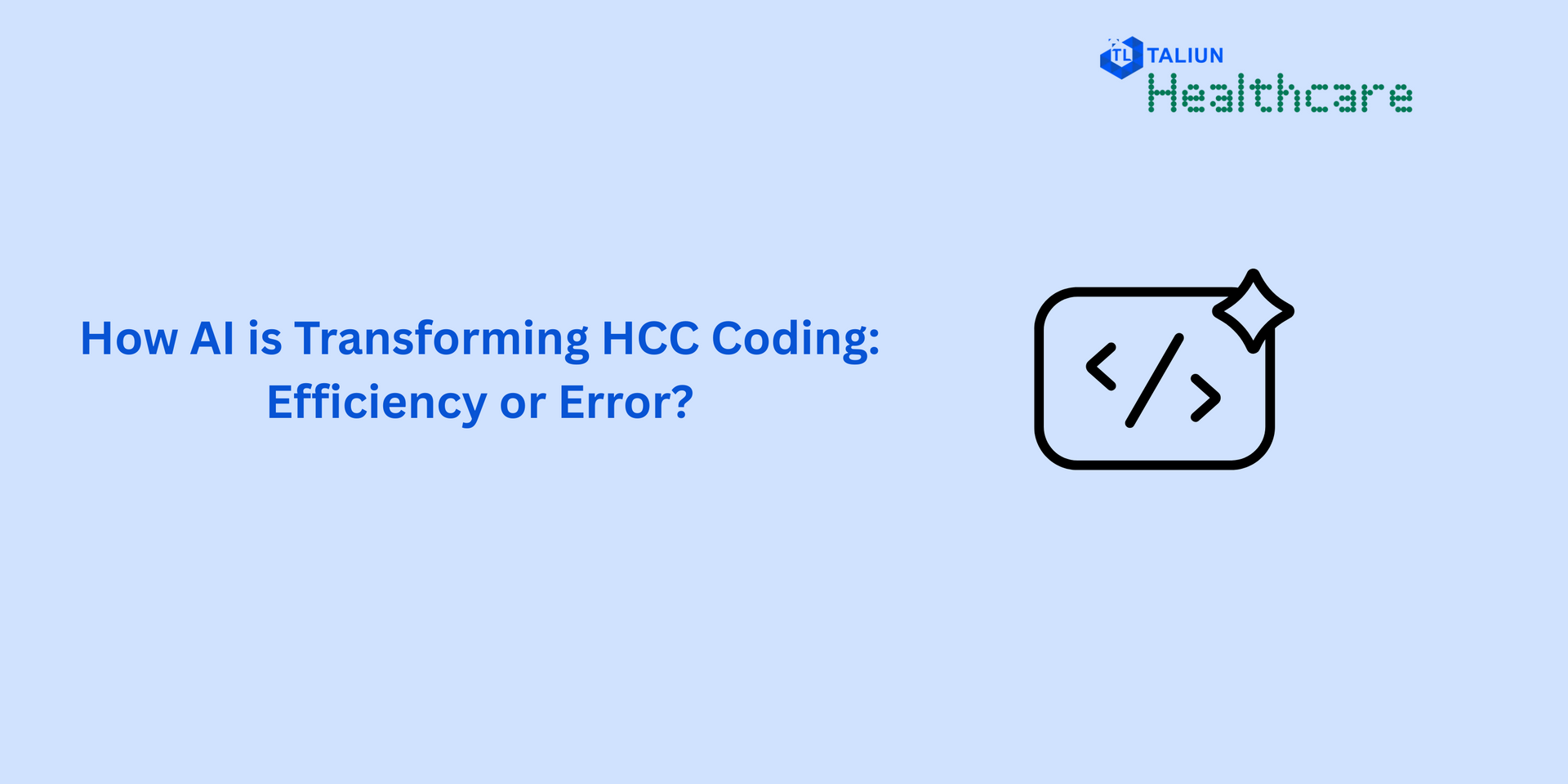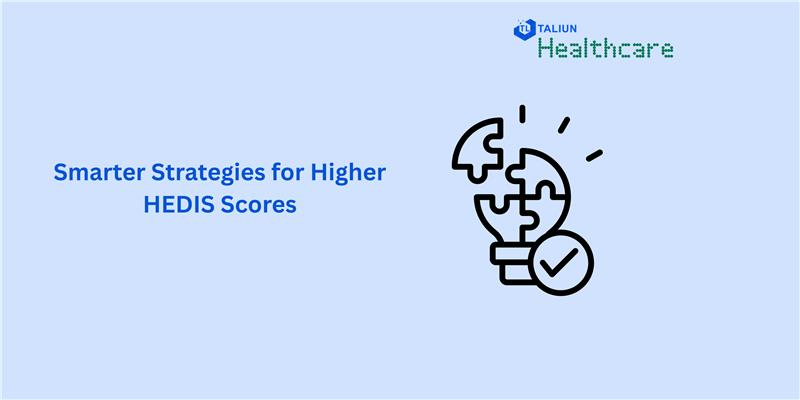
Why Remote Patient Monitoring Software is the Future of Healthcare
The healthcare industry has been rapidly evolving in recent years, thanks to advancements in technology. One area where technology has made a significant impact is in the realm of remote patient monitoring. Remote patient monitoring (RPM) is the use of technology to monitor patients outside of a traditional clinical setting, such as in their homes. RPM software allows healthcare providers to track patients' health status, identify potential health issues, and intervene before they become serious.
In this blog post, we will explore why remote patient monitoring software is the future of healthcare and how it benefits both patients and healthcare providers.
1. Improved Patient Outcomes: Remote patient monitoring software enables healthcare providers to monitor patients' health status in real-time. This means that any changes in a patient's condition can be detected and addressed quickly. As a result, patients are more likely to receive timely medical interventions that can prevent serious health issues from developing.
For example, remote patient monitoring can be used to track patients with chronic conditions such as diabetes or hypertension. Healthcare providers can monitor the patient's vital signs and adjust medication doses accordingly. This can help prevent complications such as heart attacks or strokes, which are common in patients with poorly managed chronic conditions.
2. Enhanced Patient Experience: Remote patient monitoring software provides patients with a more convenient and comfortable healthcare experience. Patients no longer have to travel to healthcare facilities for routine check-ups, which can be time-consuming and stressful. With remote patient monitoring, patients can monitor their health status from the comfort of their own homes. This can lead to improved patient satisfaction and better patient engagement in their own healthcare.
Additionally, remote patient monitoring can provide patients with a greater sense of control over their health. Patients can access their health data in real-time, which can help them make informed decisions about their healthcare.
3. Reduced Healthcare Costs: Remote patient monitoring software can also lead to reduced healthcare costs. By monitoring patients remotely, healthcare providers can prevent complications and reduce the need for costly hospitalizations. This can lead to significant cost savings for both patients and healthcare providers.
In addition, remote patient monitoring can help reduce the need for in-person visits to healthcare facilities. This can help reduce the burden on healthcare providers and free up resources to care for patients who require in-person care.
4. Improved Healthcare Provider Efficiency: Remote patient monitoring software can also improve healthcare provider efficiency. By monitoring patients remotely, healthcare providers can focus on patients who require in-person care. This can help reduce wait times for appointments and improve the quality of care provided to patients who require in-person care.
In addition, remote patient monitoring can help reduce administrative tasks for healthcare providers. With real-time monitoring, healthcare providers can receive alerts when a patient's condition changes, which can help them prioritize their work and reduce administrative tasks.
Conclusion: Remote patient monitoring software is the future of healthcare. It provides patients with a more convenient and comfortable healthcare experience, improves patient outcomes, reduces healthcare costs, and improves healthcare provider efficiency. As technology continues to evolve, remote patient monitoring software will play an increasingly important role in the delivery of healthcare services. Healthcare providers who adopt remote patient monitoring software will be better positioned to provide high-quality, patient-centered care in the years to come.
Follow us on LinkedIn for latest updates.




